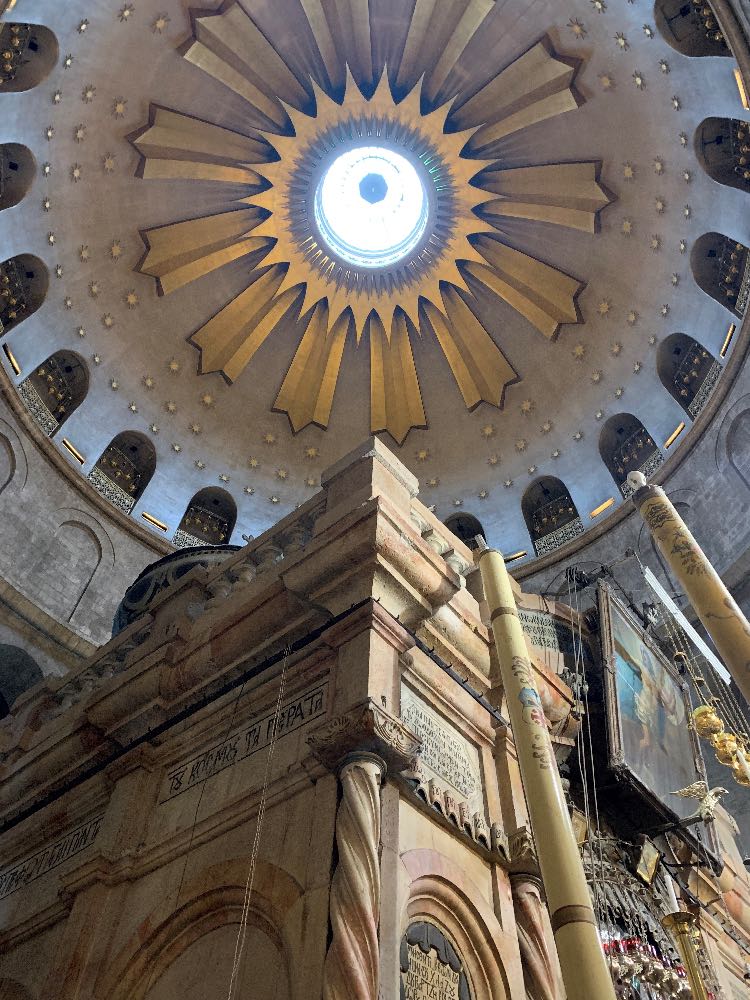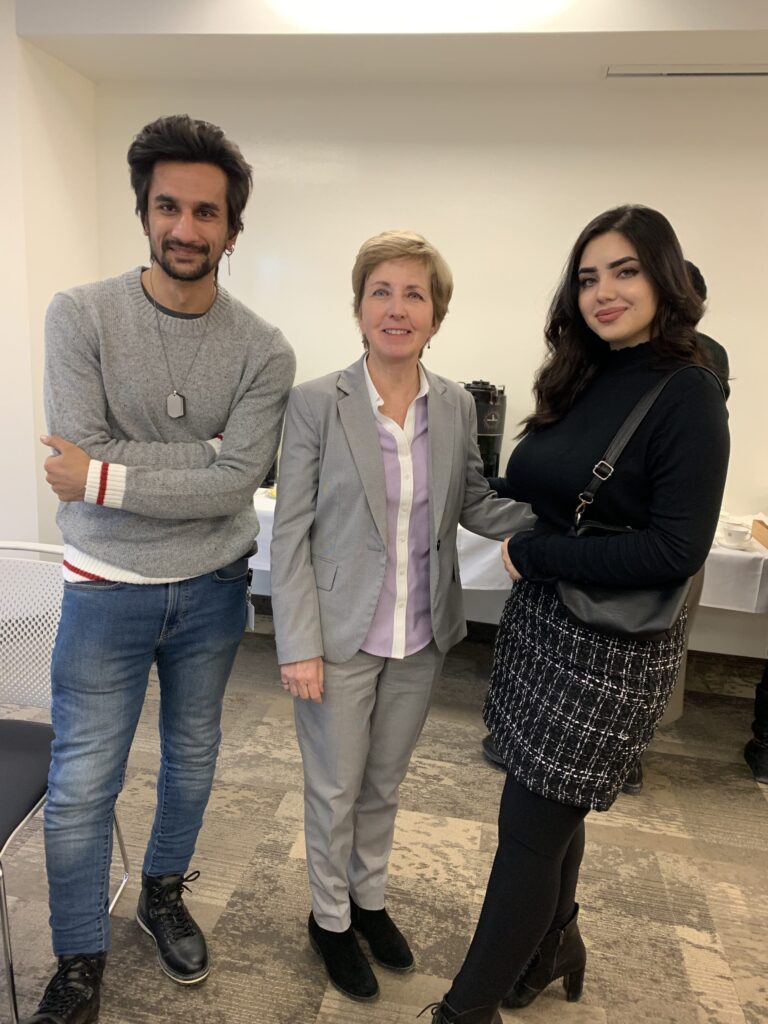From our Bishop:
The Risen Christ first appeared to women—as attested by the gospels of Matthew, Mark, Luke and John. This striking placement of women in the very dawn of Christian faith is highly significant and corrects cultural norms that had given men predominance in the Hebrew Scriptures. Much of the Bible and its interpretation have been affected by cultures dominated by men, but throughout time all human beings have been able to receive, understand and rejoice in its central message of reconciling and empowering love. This is because God transcends culture and lovingly enters into the lives of every person in equal measure.
In Jerusalem, there is a place called the “Garden Tomb” which was discovered in the early 1880s by Major General Charles Gordon, who had no training in history or archeology. It lies outside the walls of Old Jerusalem, near the Damascus Gate, in a place some say was the garden of Joseph of Arimathea.
The Garden Tomb is in a pleasantly landscaped compound with manicured pathways. Groups of visitors stroll around in an orderly fashion, enjoying the relative silence and lush shrubbery. You can take time in the tomb itself, which is pretty close to what you would expect: a big round stone is rolled away from the doorway, the inside is simple, still and unadorned, and there is a shelf for a body to lie on. It is picture-perfect, you might say—like being in the middle of a nicely illustrated Children’s Bible.
The more widely accepted site of Jesus’ tomb, going back many centuries, is inside the walls of the Old City in the sprawling Church of the Holy Sepulchre. It takes a moment to realize that this large, complex building sits on what was once an abandoned stone quarry, with a rocky rise called Golgotha, and many tombs. Over the years, almost all superfluous stone was hewn out and carted away, and chapels were built around the top of Golgotha and the tomb where Jesus was buried: the places where Jesus died on a cross and rose from the dead.
In the midst of various architectural styles, chapels and spaces, with dark walls, layers of holy ornamentation, many lamps, and people from every corner of the earth, stands the Edicule, the structure which surrounds the site of Jesus’ tomb. A line-up outside the entrance slowly moves along, and four people at a time are admitted into it. It is close and crowded inside, with iconography everywhere: one of the attending Orthodox priests mutters something and points to “the spot” (a horizontal ledge where the body of Jesus lay) and then it is time to keep the line moving.
The Church of the Holy Sepulchre tears you away from the culturally conditioned pictures held in your mind: it is larger than life and filled with vibrant, sacred mystery. It is a bit like the experience of the women encountering the Risen Christ: nothing is what you would expect.
The cruel death of Jesus on a cross at Golgotha tells us that God is present within the lowest places of our humiliations, injuries, sorrows, pain or loss. The Resurrection of Jesus within a congested tomb tells us that the hope we need to sustain us in this life can never be destroyed. It is the most profound statement of God’s abundant grace: there is always more than we can see, there are always more possibilities for life, there is always hope.
At Easter, we celebrate the wonderful mystery of God casting aside the boundaries of time and space, and the limits of our understanding, causing us to see the powerful love that fills human hearts with meaning, purpose and hope.
The Right Reverend Shane Parker
Bishop of Ottawa
Related Articles
October 2, 2023
Pride Season 2023
February 1, 2023


